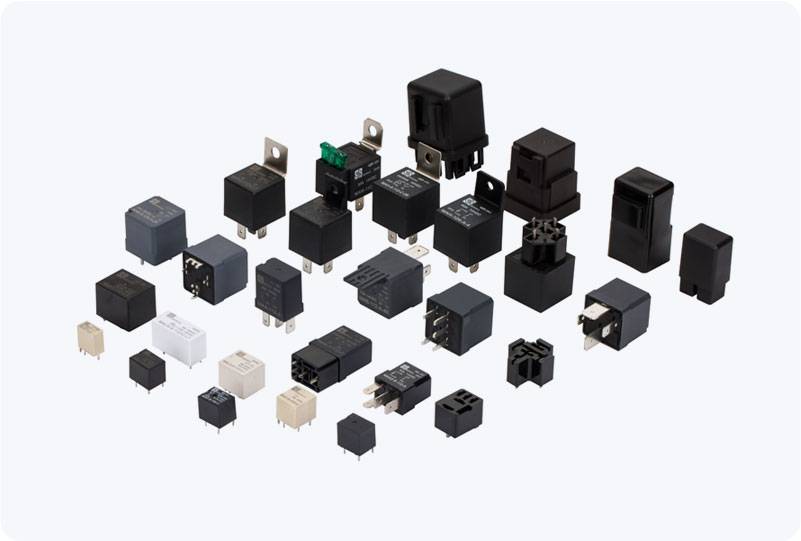Car relays are integral components in automotive electrical systems. They play a crucial role in controlling high-current circuits through low-current signals, offering safety, efficiency, and reliability. The use of relays in vehicles allows drivers to control various components such as lights, motors, and sensors without the need for high-current switches. In this article, we will explore different types of car relays, their functions, and where they are used in modern automotive systems.

What is a Car Relay? A relay is essentially an electrically operated switch. When a small current is supplied to the relay’s coil, it creates a magnetic field that either opens or closes the relay’s switch contacts, enabling or disabling the flow of a larger current. Relays are particularly useful in automotive systems because they allow low-power circuits (like those connected to a car’s control panel) to manage high-power devices (like headlights or the air conditioning system) without the risk of damaging delicate electronics. Types of Car Relays 1. Standard Automotive Relays (SPST)
Leave a Reply
You must be logged in to post a comment.